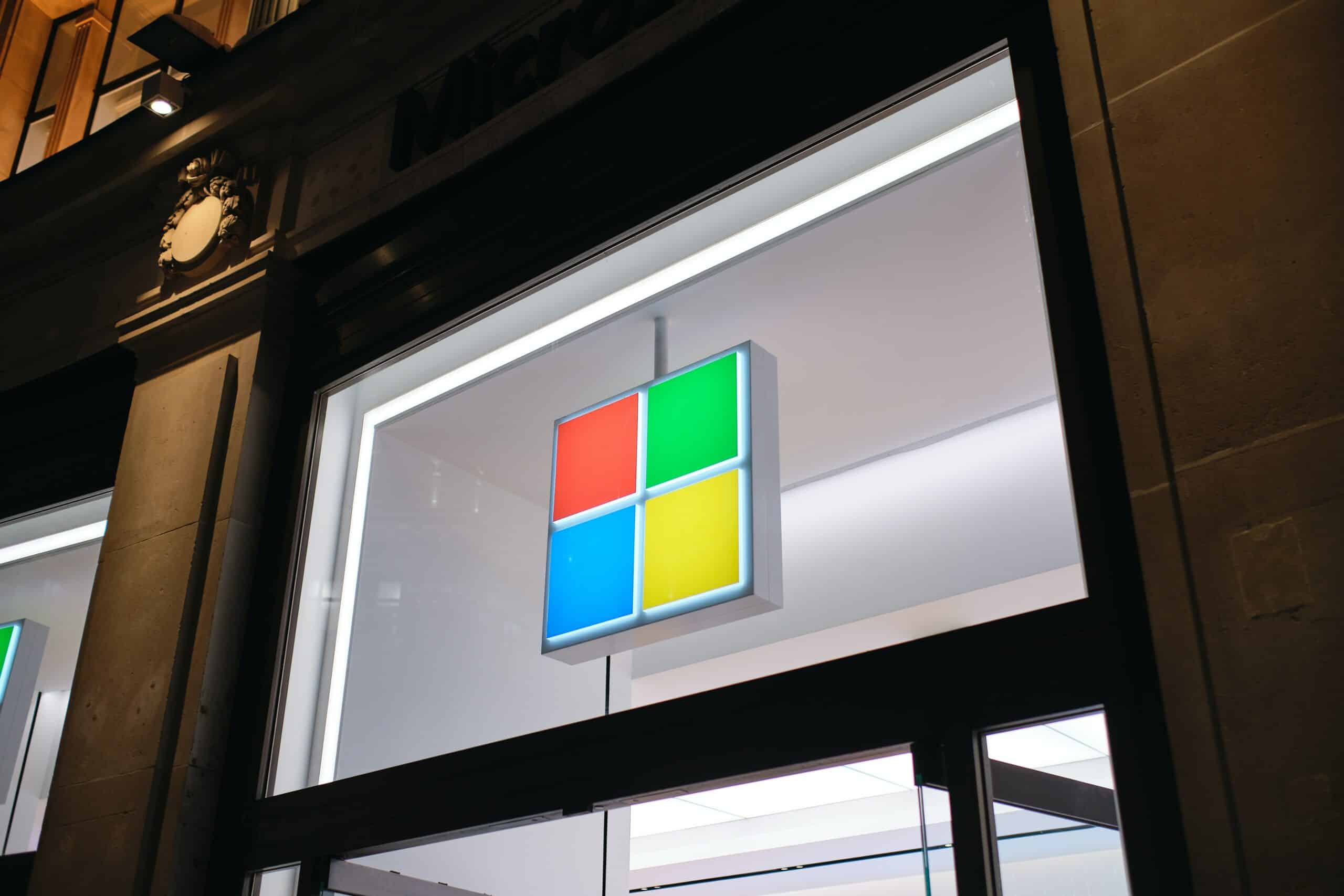Mastering Software Licensing: Insights from Champion CIOs
As a Chief Information Officer (CIO), one of your primary responsibilities is managing and optimizing your organization’s technology. To correctly manage technology includes ensuring you have the correct software licenses to support your business needs while controlling costs. This blog post will examine chief information officer roles, responsibilities, and secrets of champion CIOs who have excelled at software licensing and cost optimization.
The first step in optimizing your software licensing costs is clearly understanding your business needs. To know what you need, you must identify the specific software applications and tools required to support your operations and the number of users needing access to these applications. It’s essential to take the time to carefully assess your needs, as having too few licenses can result in productivity bottlenecks while having too many can lead to unnecessary costs.
-
Negotiate favourable terms
Once you clearly understand your software needs, it’s time to start negotiating with vendors. Champion CIOs are skilled at negotiating favourable terms with software vendors, including discounts on licensing fees and additional features or services at no extra cost. The role of a CIO here is to be upfront about your budget and willing to walk away if the vendor is unwilling to meet your needs.
-
Leverage volume licensing agreements
Volume licensing agreements allow organizations to purchase many licenses at a discounted price. These agreements are typically available for popular software applications such as Microsoft Office and Adobe Creative Suite and can result in significant cost savings for organizations with many users. Champion chief information officers are adept at leveraging volume licensing (and combing with point 2 – negotiate favourable terms) agreements to get the best deal for their organization.
-
Monitor and review your licenses.
It’s essential to regularly review your software licensing agreements to ensure that you are still meeting your organization’s needs. A best practice is tracking the number of licenses you have in use and identifying areas where you may be over-licensed or under-licensed. The role of a CIO here is to be proactive in monitoring and reviewing their licenses and quickly make changes as needed to optimize costs.
In conclusion, optimizing your software licensing costs requires a combination of careful planning, strong negotiation skills, and ongoing review. By following the secrets of these champion CIOs, you can ensure that you have the correct software licenses to support your business needs while keeping costs under control. So, these are the secrets of four champion CIOs that will help optimize the cost of software licensing in your organization.
 Bonus: Leverage data to your advantage
Bonus: Leverage data to your advantage
In today’s digital age, data is “the new oil” – a valuable resource that helps drive growth and innovation. A champion CIO method here seeks to understand the value of data and use it to advantage regarding software licensing and cost optimization. By collecting and analyzing software deployment and usage metrics data, CIOs can better understand how their software is used and identify areas where they can save costs.
For example, by tracking the number of active users for a particular software application, a CIO may discover they have more licenses than they need. They then use this data to negotiate a reduction in licensing fees with the vendor. Additionally, by analyzing data on software usage patterns, CIOs can identify underutilized applications and decide to discontinue them, reducing costs and simplifying the software environment.
In today’s fast-paced, data-driven world, having access to accurate and actionable data is essential for effective software licensing and cost optimization. A champion chief information officer understands the importance of data and uses it to gain insights that drive better decision-making and cost savings. Collecting, analyzing, and leveraging data can earn a competitive advantage and stay ahead of the curve in software licensing and cost optimization.
In summary, you can optimize software licensing costs in your organization by understanding your needs, negotiating favourable terms, leveraging volume licensing agreements, monitoring and reviewing your licenses, and leveraging data to your advantage. In today’s fast-paced and data-driven world, data is the new oil, and having access to accurate and actionable data is essential for effective software licensing and cost optimization. Using your own data around deployment and software usage metrics will give you the most leverage possible for cost optimization.
For more information on how our services at MetrixData 360 can meet the needs of your technology and financial departments, contact us today. Let’s work with you and your chief information officer’s roles and responsibilities to manage and optimize your organization’s technology.





 Bonus: Leverage data to your advantage
Bonus: Leverage data to your advantage


